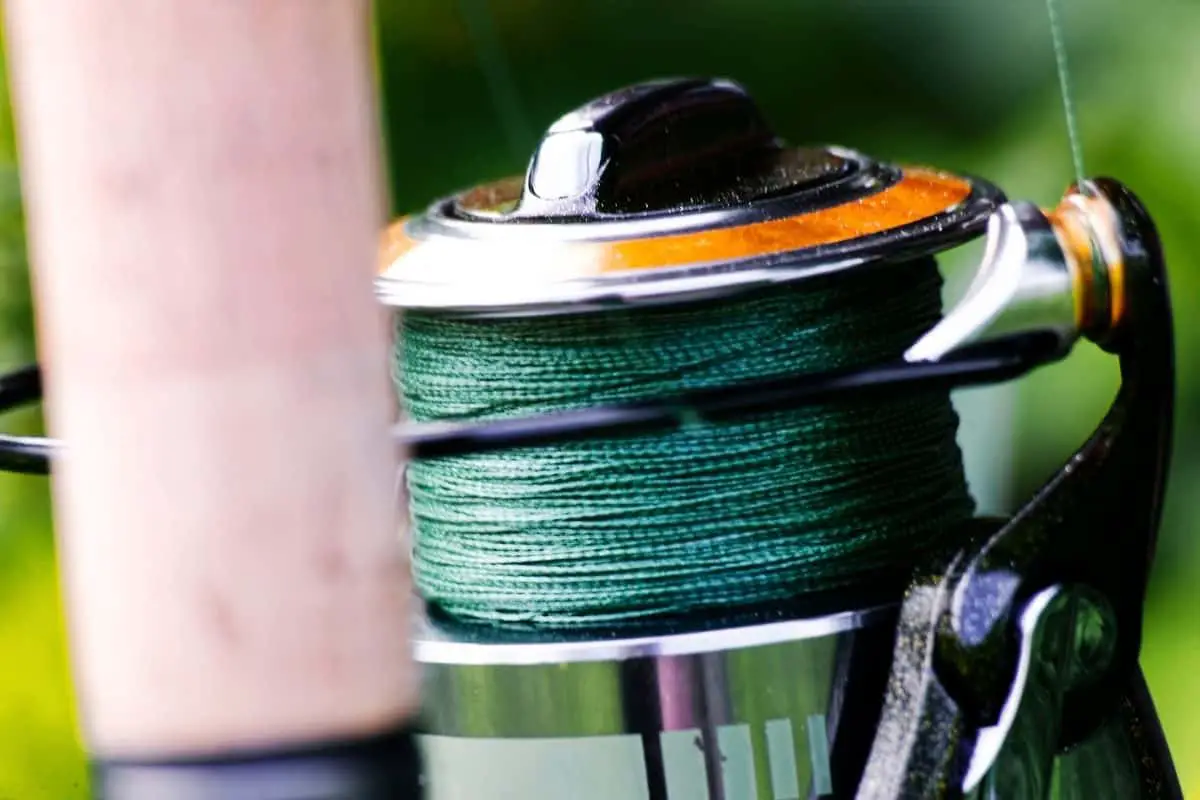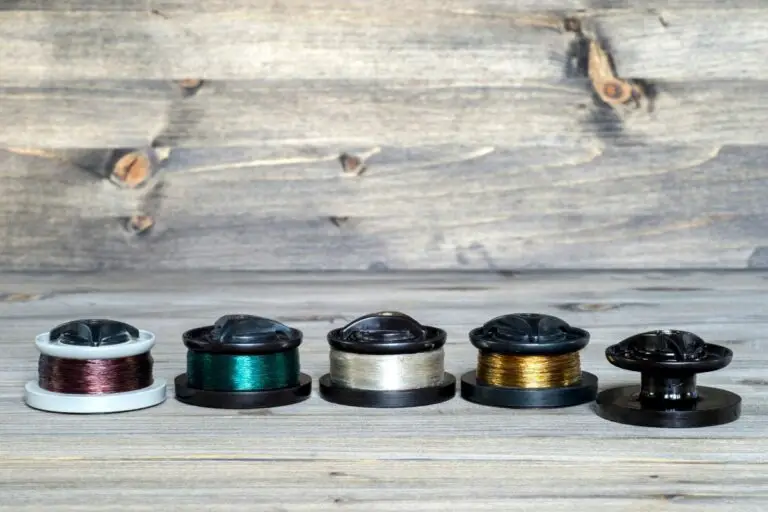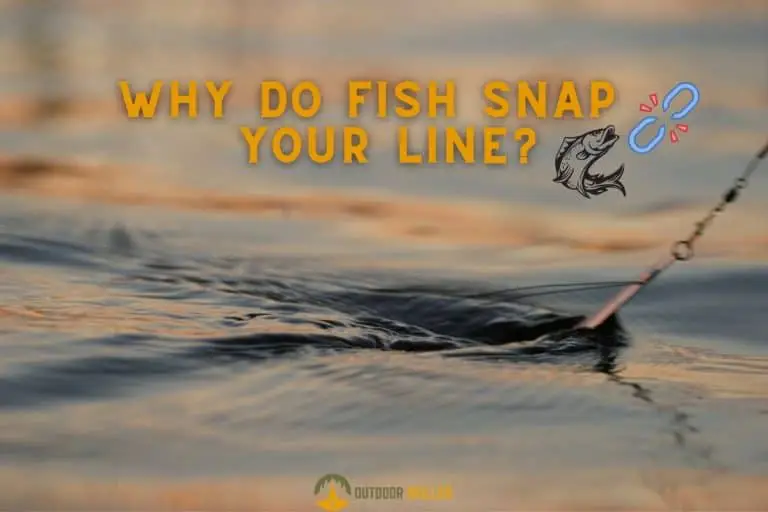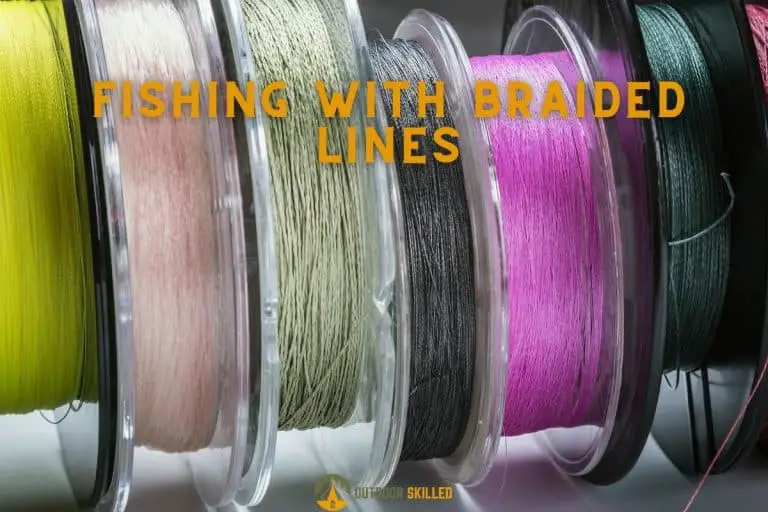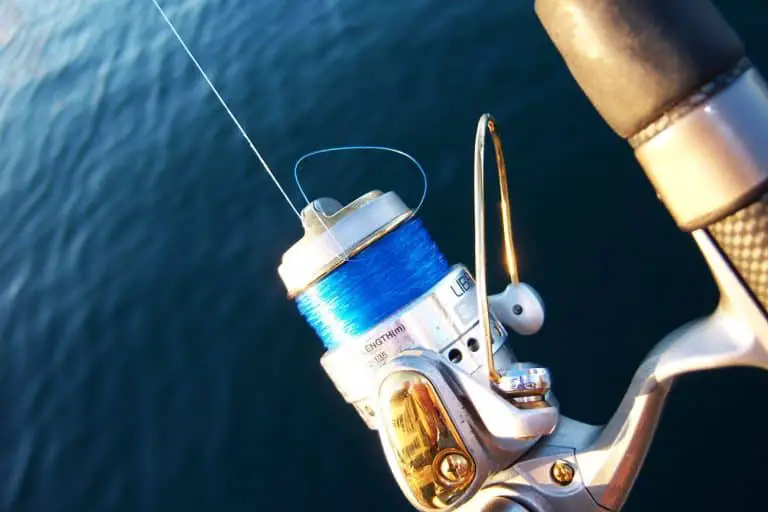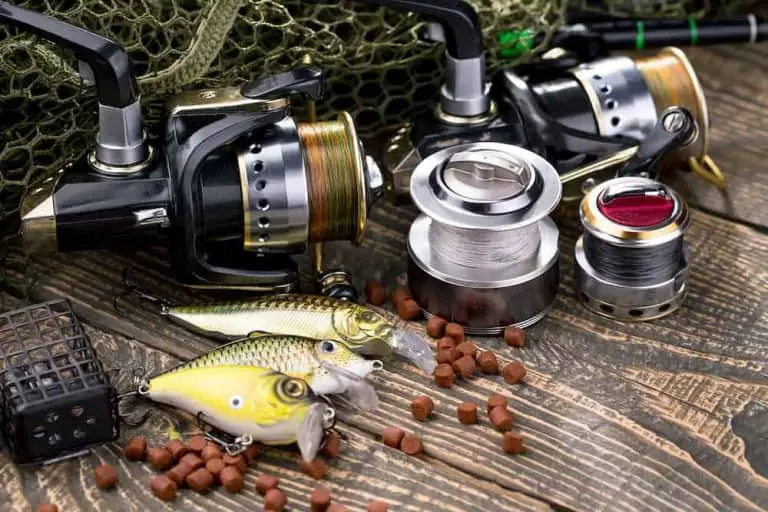Why Your Fishing Line Won’t Reel and How To Fix It Quickly
Fishing reels and lines always go together and their functions greatly depend on each other.
Sometimes anglers face issues with their fishing reels and lines. The line could come off the reel and get tangled or the reel could break which causes it to reel backward or not reel at all.
These issues are widespread among all anglers, regardless of their skill level or the quality of the reel.
So, why won’t your fishing reel work properly? A fishing reel won’t work properly because of two main reasons. It could be that the fishing line is tangled or that the cast-bail is askew. You can check the mechanism of the reel to determine the issue to fix it properly. Both of these issues can be easily and quickly fixed at home using a few tools.
Keep reading to learn how to fix a fishing line that won’t reel and how to maintain the fishing reel properly to prevent any problems.
Table of Contents
How to Fix a Fishing Reel That Won’t Reel?
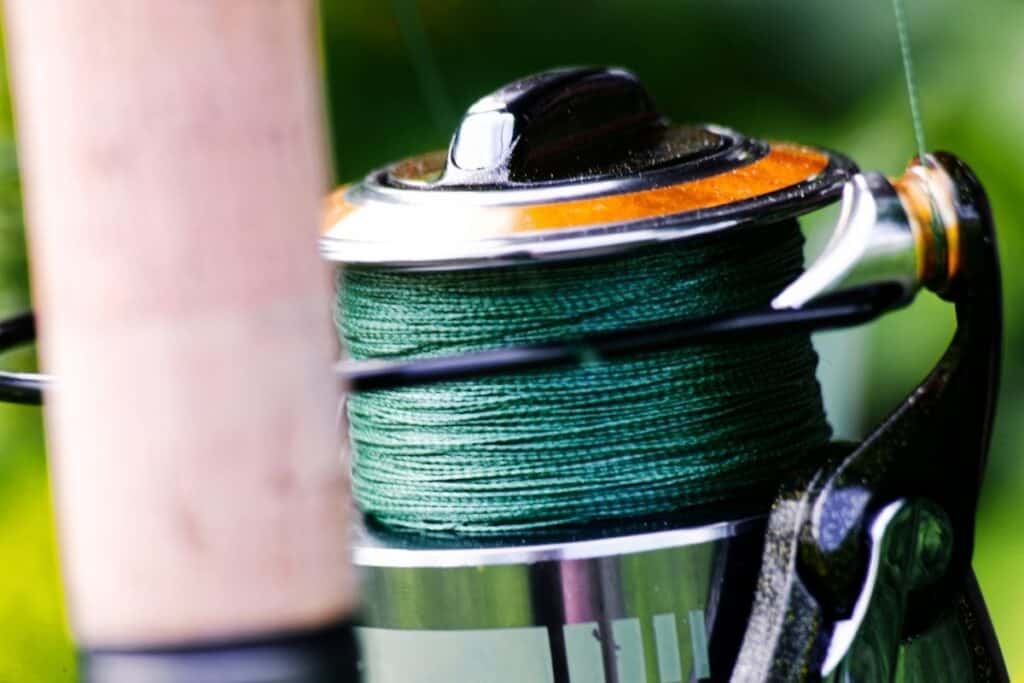
I know how frustrating it is when your fishing line won’t reel because I’ve been there, thankfully, it turns out there is a quick and easy fix.
In order to fix a fishing reel, you need to disassemble the reel, check on all the interior parts to find out where the problem is, and fix it accordingly, then reassemble the reel and make sure it’s working properly.
It’s very important that you remember the position of each component when disassembling the reel in order to put it back properly. Otherwise, the fishing reel won’t function right.
Pro tip: Take pictures on every single step of more than one angle.
The main reason why you can’t reel your fishing line is because of tangled lines or the cast-bail is askew. Luckily, you can fix these problems even at home using only a few tools.
Now, let’s break down all steps you need to follow to fix your reel:
- Remove the reel’s housing cover and expose the spool – Turn the housing cover of the reel counterclockwise and remove it to expose the spool.
- Examine both ends of the spool and – You need to check the bushings which is the gear that allows the fishing line to go in and out of the reel. Make sure there’s no fishing line tangled in the bushings. If there’s any part of the line stuck, you can simply remove it by using the tip of a flat screwdriver
- Pinch the cast-bail to ensure it’s not askew – You need to pinch the cast-bail to release its two ends out of its housing. Make sure it’s not askew by checking for any signs of bends.
- Reassemble the reel and test its function – After going through all the previous steps, you need to test the reel to make sure it’s working properly.
If you tried it and still it won’t work, you can either do it again, or it may be time to get a new reel. The good news is that a good reel doesn’t have to cost you as much as it used to, and you can check out my recommended budget spinning reels here.
For more fishing reels recommendations of every type of fishing reels, scroll to the end of the article for my “recommended reels section”.
Why Does the Fishing Line Keep Coming Off the Reel?
Having the fishing line frequently coming off the reel is another issue that anglers face. It usually occurs because the anglers are using the wrong type of fishing line or the wrong fishing technique.
How to Prevent the Fishing Line from Coming Off the Reel?

Here are some tips you can follow to prevent the fishing line from coming off the reel:
Secure the fishing line to the spool
You need to take the tag end of the fishing line onto the spool then attach it to the fishing reel by tying a simple knot.
If you’re using a monofilament or fluorocarbon fishing line, it’s recommended to use an arbor knot.
While with braided lines, it’s recommended to tie a couple of knots then tape the line to the spool using electrical tape. That is because most braided fishing lines have a coating, so an arbor knot will be ineffective and the line would slip away.
Spool the line in the right direction
When spooling your fishing line, you need to know which direction the line is coming off the filler spool in order to reel it on the reel’s spool in that same direction.
Keep in mind that monofilament and fluorocarbon lines have the most memory while braided lines have little to no memory.
Maintain the tension of the line
You need to maintain the tension when spooling the fishing line to avoid any loose fishing line or line twists on your fishing reel.
If your line is loosely spooled, it will be more prone to backlashing, fraying, or break off.
In order to effectively maintain the tension in your line, you need to keep your fingers pinched on the fishing line as you secure it on the reel spool.
Make sure you have the right amount of line on your spool
It can be difficult to calculate the amount of fishing line that’s going on your reel.
Having too much line on the reel can lead to the line absorbing water quickly and getting more brittle. On the other hand, having too little fishing line on the reel, can cause more friction and hinder your ability to cast further.
Generally, it’s recommended by manufacturers to have 1/16 to 1/8 of an inch of the line from the edge of the spool. This will allow the line enough room to expand for easier casting.
Put Backing on Your Reels.
It’s recommended to attach a cheaper fishing line to your main line. Then, spool both of them onto the fishing reel.
This will improve the efficiency of the spool as it will spin faster and cast further. It will also increase the diameter of the spool without adding more weight.
By the way, you can learn how to properly do that in my post on why do braided lines need backing here.
How to Fix a Fishing Reel that Reels Backwards?
Here are the steps you can follow to fix a fishing reel that only reels backward:
- Check the reel’s reverse switch – Most modern reels have a reverse switch located at the side of the fishing reel near the spring bail or thumb button. You need to make sure the switch is not stuck.
- Remove the reel’s housing cover and disassemble the rotor – Turn the housing cover of the reel counterclockwise and watch out for any broken parts.
- Disassemble the rotor and look for the clutch bearing – Unscrew the series of screws that surround the rim of the rotor to open it, then you’ll be able to find the clutch assembly.
- Remove the clutch and check for damage – Pull the clutch out and be careful not to move the pinon. Make sure that the clutch bearing aligns with the anti-reverse grip. However, if it’s broken, you need to replace it with a new one.
- Reassemble the reel and test its function – After going through all the previous steps, you need to test the reel to make sure it’s working properly.
How to Maintain Your Fishing Reel?
You need to properly maintain your fishing reel as it has a very sophisticated mechanism.
Sometimes particles of minerals and dust get accumulated on the reel which can lead to damaging the mechanism resulting in poor performance.
That’s why it’s very important to clean your reel frequently, especially after fishing in saltwater.
Here are some tips you can follow to maintain your fishing reel and prevent any damage:
- Wipe the reel lightly with a sponge then rinse it with warm freshwater.
- Avoid immersing it under high-pressure water as this can cause damage to the gearing and drag systems.
- Wipe the reel with a clean cloth and make sure it is completely dry out before storing it.
- Put a lubricant on accessible moving parts. Make sure to use a kind of lubricant that is intended only for a fishing reel.
- Apply a light coating of grease on the gear and oil the ball bearings to prevent corrosion.
Related Questions
Which Reel Is Good for Beginners?
Spinning reels are a good option for beginners. That is because they’re cheap and easy to use. They’re also less prone to backlashing and tangling. However, they’re not the best when it comes to casting with accuracy and they can have low durability.
What are the Effects of Corrosion on the Fishing Reel?
Corrosion can have a significant effect on the performance of the fishing reel. It can cause retrieval to become harder and hinder other reeling functions. That is why cleaning and applying a coat of grease is essential to maintain the reel’s gear and bearings in excellent condition.
Can You Put Fishing Line on the Reel Backwards?
You can put the fishing line backward on the reel. That is because the majority of modern fishing reels are built with anti-reverse clutches or mechanisms. This feature allows the fishing reel to spin in both directions without causing any problems or line twists.
Helpful Resources
These Are The Fishing Lines I Absolutely Love
- After Testing endless brands and varieties, these are the best Fluorocarbon lines, these are the best Braided lines, and these are the best monofilament fishing lines.
- These are the best Ice Fishing Lines for your money
- These are the fly fishing lines that have never let me down.
- Targeting Trout? These are the best fishing lines for trout. For Bass, use these bass fishing lines.
- Not sure which fishing line to use? Check out these comparisons:
- Going Crappie Fishing? These Crappie Fishing Lines outperform everything else (and their price!)
If you like this article, please share it or pin it, you can find the share buttons below. We will really appreciate it ❤️

